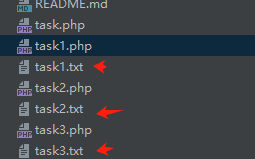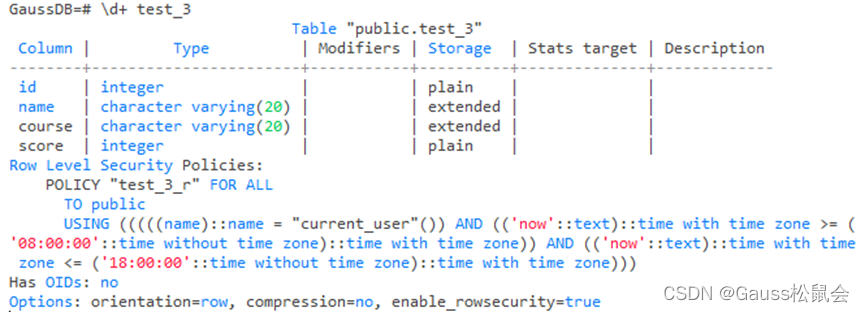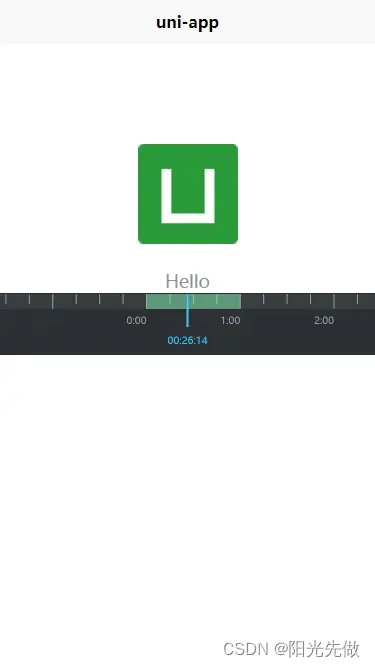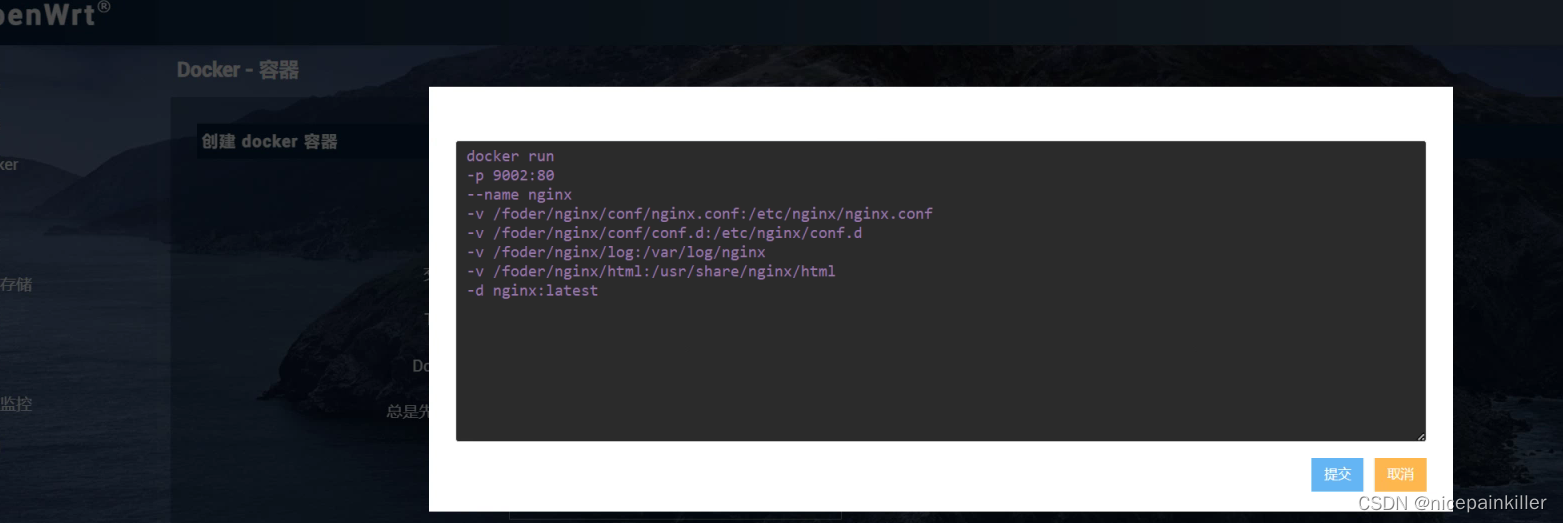

算法:
![]()

第一次取1 2 3 4
取1时,留下234
取2时,留下34
取3时,留下4
取4时,留下null
接着继续取234中的2,与1组合,得到12
取234中的3,与1组合,得到13
取234中的4,与1组合,得到14
接着继续取34中的3,与2组合,得到23
取34中的4,与2组合,得到24
接着继续取4,与3组合,得到34
回溯三部曲:
1.确定函数返回值和参数:返回值是void;参数:n、k(题目中都给出了),还要一个startindex,因为每次递归的时候,怎么知道从哪里开始取呢?这时候就需要一个index指引一下。
2.确定终止条件:当取到一个组合时,单层逻辑终止,比如取到12,就不会往下了;因为每个组合(12 13 14 23 24 34)都是树的叶子结点
3.单层递归逻辑:也就是单层搜索的逻辑。在这里就是for循环。
在for循环中,push入要取的数值1或2或3或4;
调用递归
回溯:撤销结果。pop
调试过程:
定义全局变量:result为二维数组,path为一维数组
数组List,用ArrayList和LinkedList都可以
class Solution {
//全局变量List<List<Integer>>result = new ArrayList();LinkedList<Integer>path = new LinkedList();public List<List<Integer>> combine(int n, int k) {backtracking(n,k,1);return result;}void backtracking (int n, int k, int startindex){if (path.size()==k){result.add(path);return;}for(int i=startindex;i<=n;i++){path.add(i);backtracking(n,k,i+1);//往二叉树的深处递归,所以是i+1path.pop();}}
}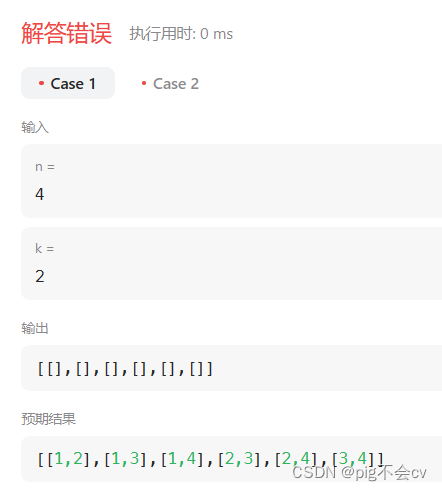
原因:输出都是空集
问题出在 `result.add(path);` 这一行以及 `path.pop();` 上
调用 `result.add(path);` 时,实际上是将 `path` 对象的引用加入了 `result` 中,而不是 `path` 对象的拷贝。随后对 `path` 对象的任何修改都会影响到 `result` 中的元素。
`path` 在递归过程中被修改了多次,但是 `result` 中存储的都是同一个 `path` 对象的引用,因此最终 `result` 中的所有元素都指向了同一个 `path` 对象。
可以在将 `path` 加入 `result` 前,先创建一个 `path` 的拷贝,然后将拷贝加入 `result`。在 Java 中,可以通过 `new LinkedList<>(path)` 来创建 `path` 的拷贝。另外,`path.pop()` 应该改为 `path.removeLast()`,因为 Java 中的 `LinkedList` 类使用 `removeLast` 来移除最后一个元素。
正确代码:
class Solution {
//全局变量List<List<Integer>>result = new ArrayList();LinkedList<Integer>path = new LinkedList();public List<List<Integer>> combine(int n, int k) {backtracking(n,k,1);return result;}void backtracking (int n, int k, int startindex){if (path.size()==k){result.add(new LinkedList<>(path));return;}for(int i=startindex;i<=n;i++){path.add(i);backtracking(n,k,i+1);//往二叉树的深处递归,所以是i+1path.removeLast();}}
}剪枝优化
回溯法虽然是暴力搜索,但也有时候可以有点剪枝优化一下的。
只要改一下for循环的条件即可
来举一个例子,n = 4,k = 4的话,答案显然是[1,2,3,4]
如果像刚刚一样求,会增加很多不必要的循环:

那么第一层for循环的时候,从元素2开始的遍历都没有意义了。 在第二层for循环,从元素3开始的遍历都没有意义了。
剪枝:
缩小for循环的范围
-
已经选择的元素个数:path.size();
-
所需需要的元素个数为: k - path.size();
-
列表中剩余元素 >= 所需需要的元素个数
-
n-i >=k - path.size()
-
-
在集合n中至多要从该起始位置 : i <= n - (k - path.size()) + 1,开始遍历
-
为什么有个+1呢,因为包括起始位置,我们要是一个左闭的集合。
-
剪枝优化后的正确代码:
class Solution {
//全局变量List<List<Integer>>result = new ArrayList();LinkedList<Integer>path = new LinkedList();public List<List<Integer>> combine(int n, int k) {backtracking(n,k,1);return result;}void backtracking (int n, int k, int startindex){if (path.size()==k){result.add(new LinkedList<>(path));return;}for(int i=startindex; i <= n - (k - path.size())+1;i++){path.add(i);backtracking(n,k,i+1);//往二叉树的深处递归,所以是i+1path.removeLast();}}
}![ElasticSearch详细搭建以及常见错误high disk watermark [ES系列] - 第497篇](https://img-blog.csdnimg.cn/img_convert/03ce5f4fa99ca6f77655bc3e39d961e9.png)
